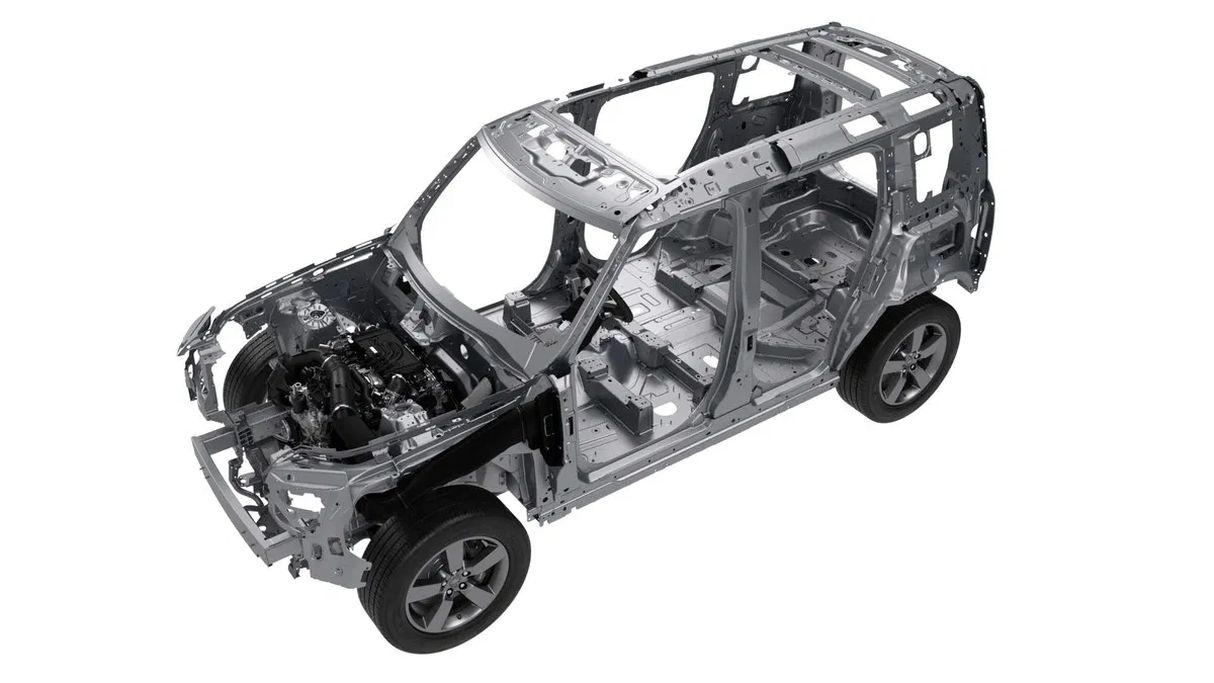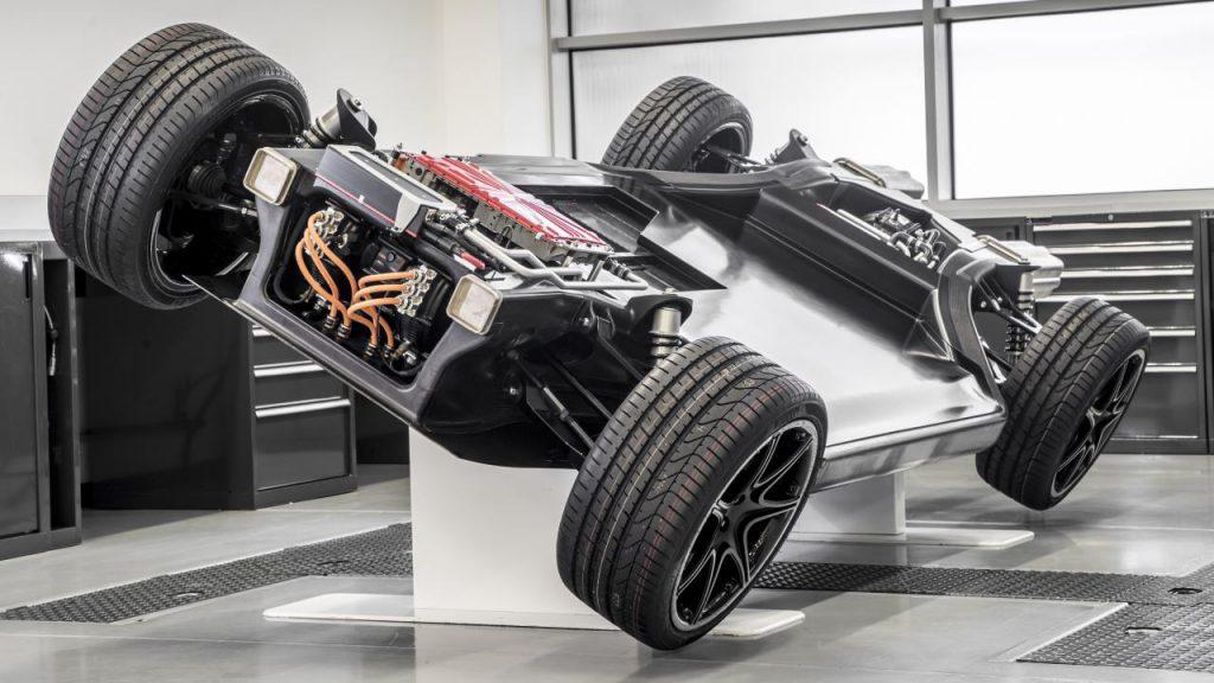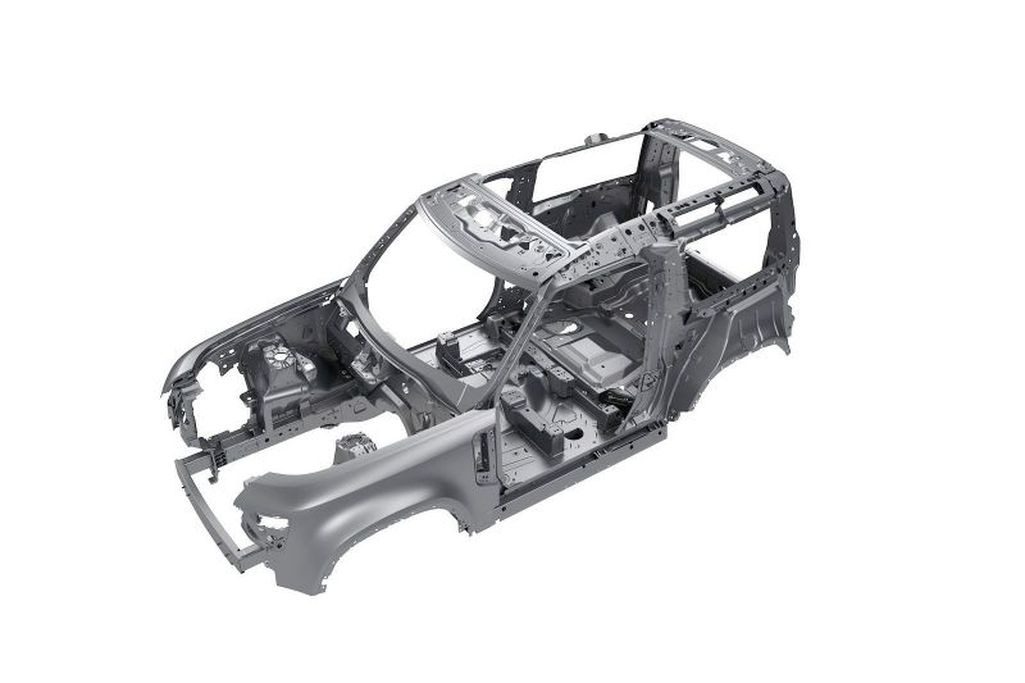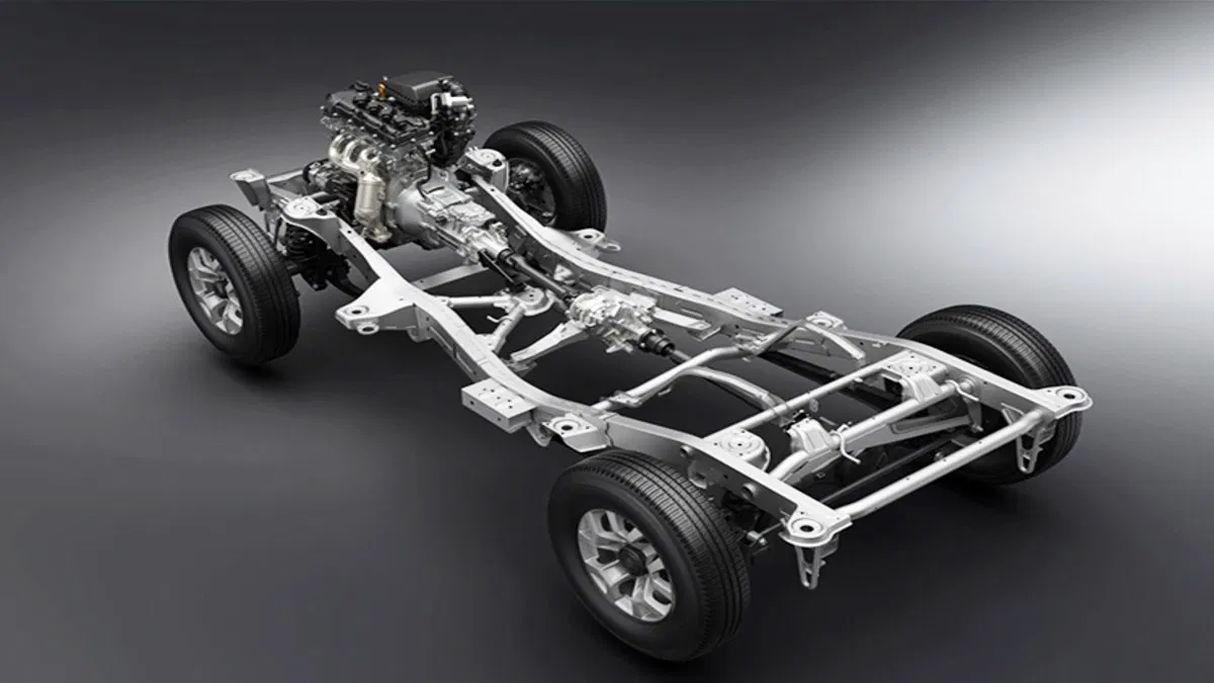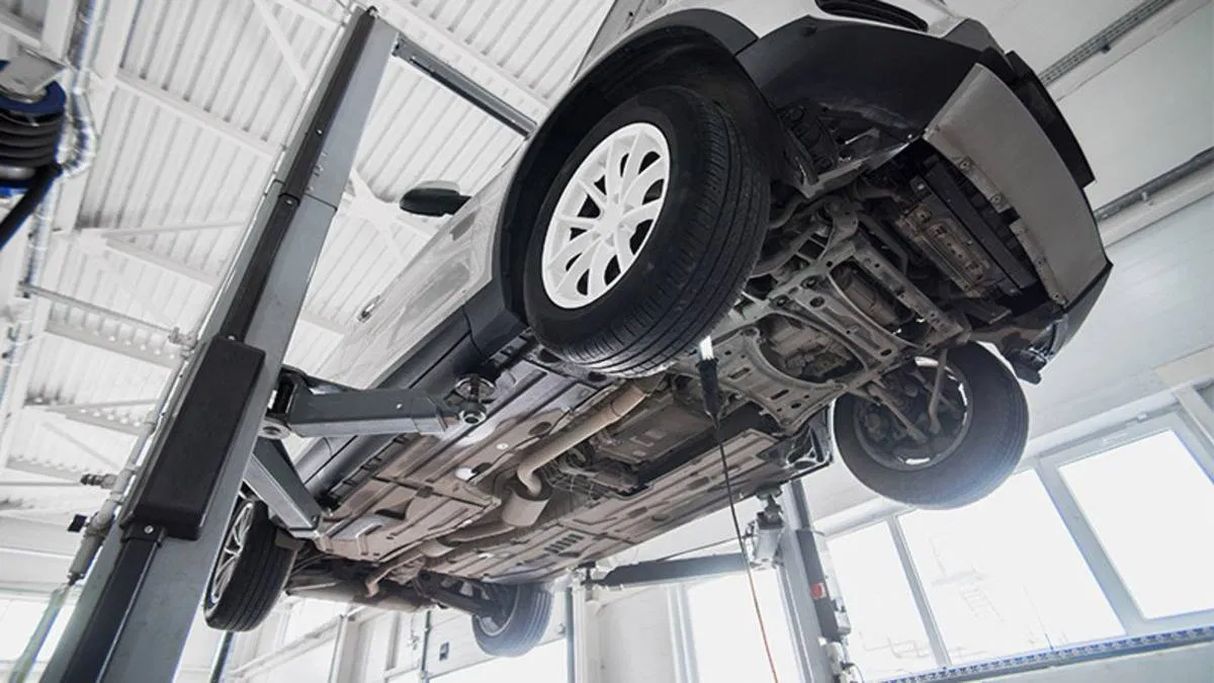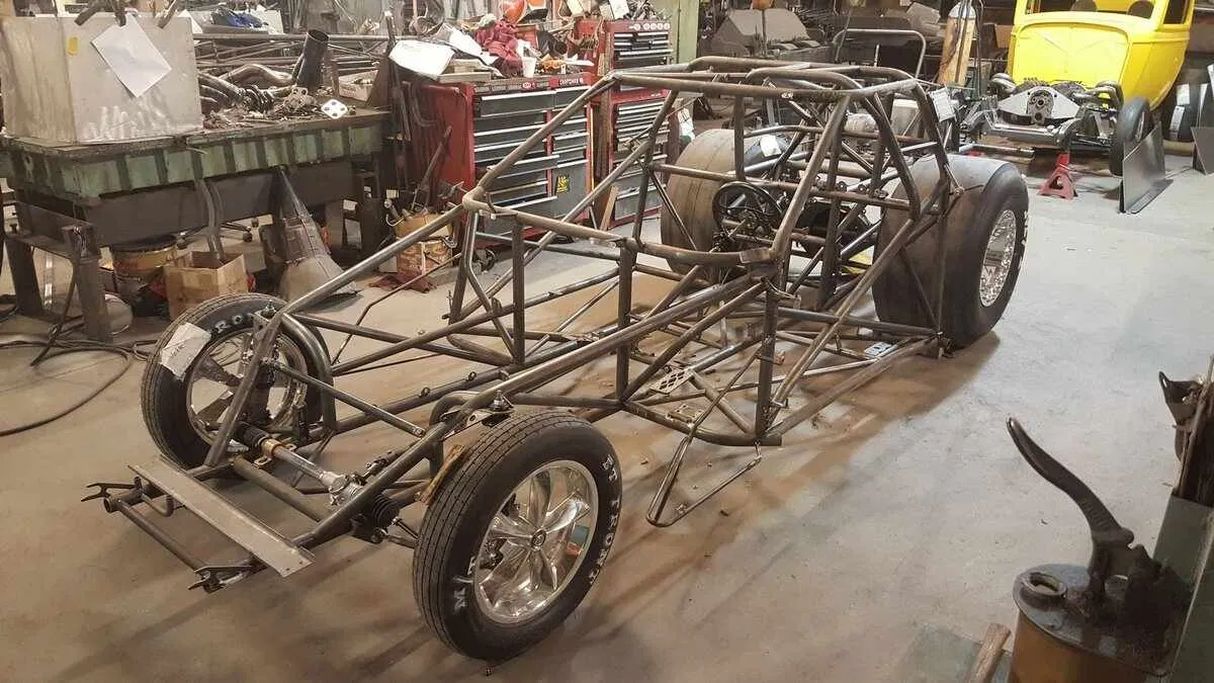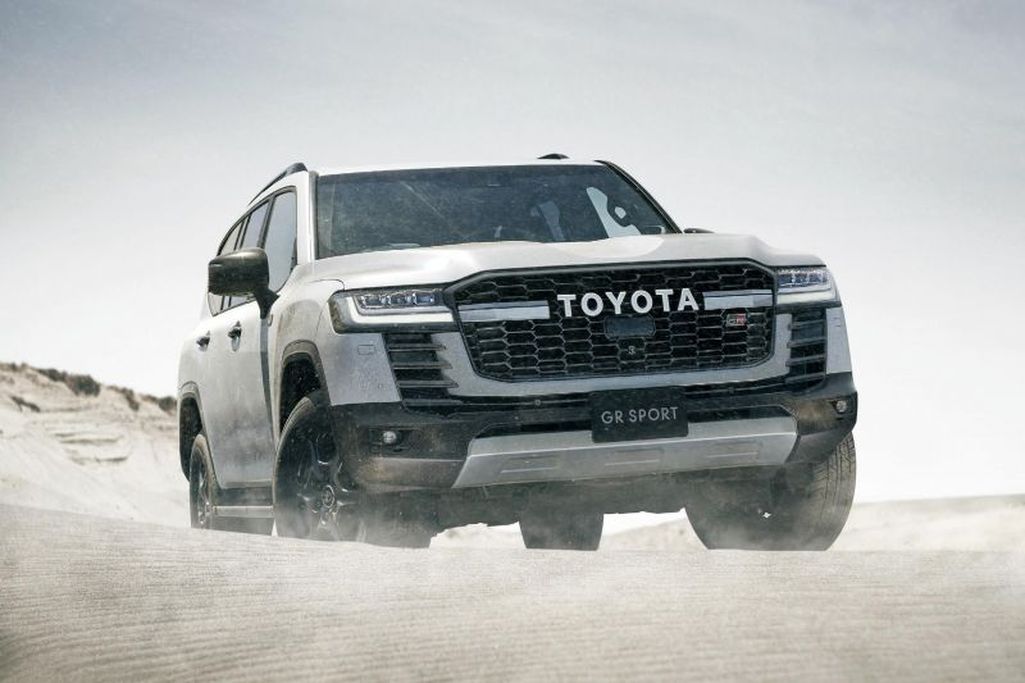Beneath the sleek exterior of every car lies the chassis. It is often referred to as the “backbone” of the vehicle, playing a crucial role in ensuring safety, performance, and longevity.
Chassis is an automotive term describing the framework or structure of a car. The car chassis, also known as the Classis or Frame, acts as the backbone, bearing the weight of the vehicle and distributing it evenly across the wheels.
The chassis and the frame are closely linked, together forming the overall shape of the vehicle. Chassis systems are predominantly made from steel or other rigid materials available in the market, such as carbon. There are several common types of chassis designs available today, including ladder chassis, monocoque chassis, backbone chassis, and tubular chassis.
Chassis plays a vital role in supporting the overall operation of the car and directly impacts its performance. It is not just a load-bearing structure but also a system that assists the efficient functioning of other vehicle components. The chassis provides stability and rigidity, ensuring the car maintains good performance on all types of terrain and driving conditions.
In the event of a collision, when all active safety systems and modern safety technologies have failed, the chassis system becomes the “armor” that protects the driver and passengers inside the vehicle.
According to the Automotive and Special Vehicle Department of Hanoi University of Science and Technology, a car chassis should be designed to effectively absorb impact energy while distributing it to the body, thereby minimizing deformations in the cabin area.
In a frontal collision, the front of the car absorbs some of the impact forces, while the remaining energy is distributed to other parts of the chassis through various reinforcing bars, reducing the longitudinal impact. As the priority is to minimize forces acting on the passenger compartment, the front of the car is designed to be easily deformable in the event of a head-on collision, effectively absorbing the energy.
In the case of a side-impact, the reinforcing bars are made thicker to effectively distribute the impact energy. Impact-absorbing materials are also used on the rear of the doors to provide optimal protection for the occupants inside.
In modern cars, the chassis is typically a monocoque or unibody design instead of a separate body-on-frame construction. With a unibody structure, the vehicle can better absorb impact forces in a collision, thus improving occupant protection.
However, due to its lower load-bearing capacity, monocoque chassis constructions are commonly used in sedans, small passenger cars, hatchbacks, and MPVs. Some SUV models utilize a separate body-on-frame construction, offering better off-road capabilities, along with enhanced strength and durability.
Even with advanced active safety technologies such as electronic stability control, anti-rollover systems, and collision warning systems, nothing can replace mechanical safety, especially the chassis system of the vehicle. Therefore, consumers should also inspect the chassis and steering system before making a car purchase.
TT (Tuoitrethudo)





























